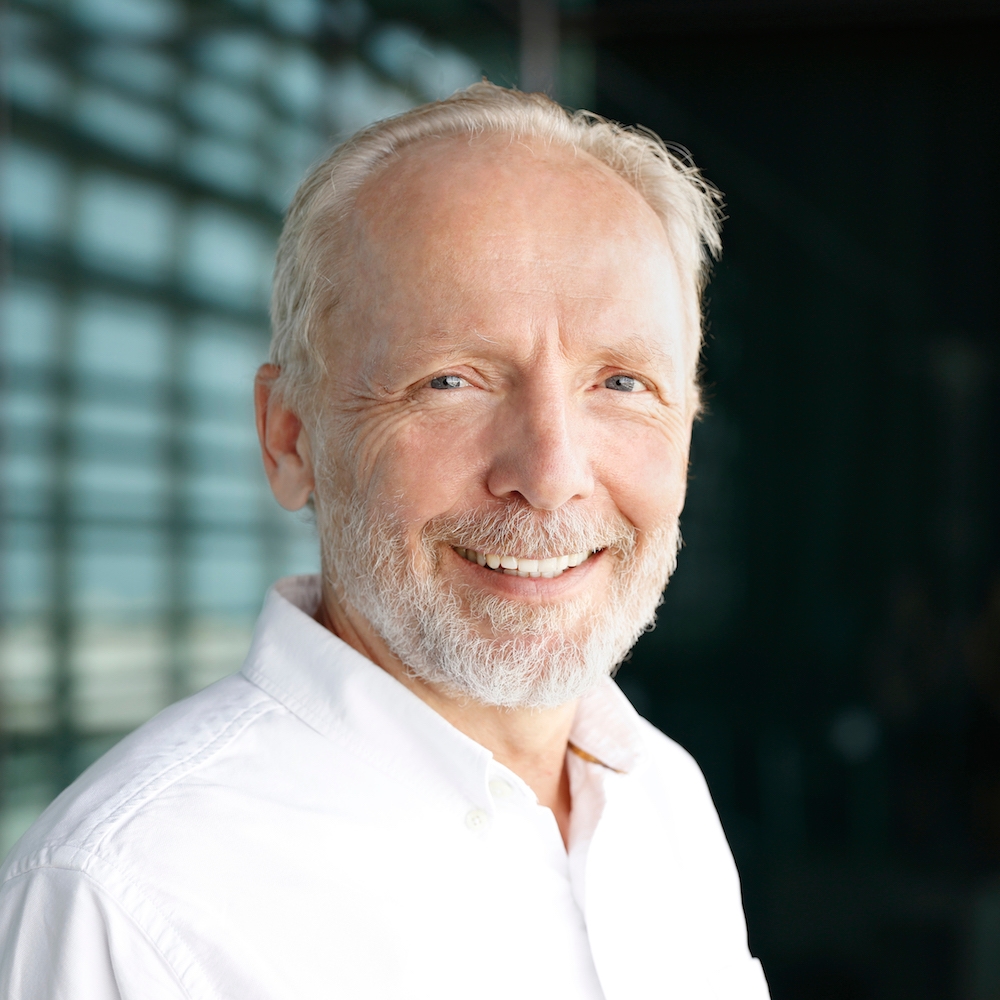
Volker C. Vahrenkamp
Professor, Earth Systems Science and Engineering
Physical Science and Engineering Division
“The complex carbonate formations of the Red Sea and the Arabian Platform bring unique opportunities to studyfundamentals of carbonate geology, paleoclimate signals as well as future energy supplies and applications.”
Program Affiliations
Biography
Dr. Vahrenkamp is a professor of earth systems science and engineering at KAUST, engaged in cross-disciplinary research in both the Physical Science and Engineering Division and Biological and Environmental Science and Engineering Division. With more than 30 years of experience in the energy sector, Professor Vahrenkamp applies his expertise in geology and the carbonate environments of the Middle East to the exploration and production of energy from the subsurface (hydrocarbons and geothermal). Key elements of his efforts are research into the formation of limestones in marine environments and deciphering the geochemical and paleoclimate signal they carry. Prior to joining KAUST in 2017, he worked for and served as mentor to diverse international businesses, including Shell E&P companies and Nordic Geothermal LLC, a Dubai based consulting company. Vahrenkamp is a well-published scholar, sought as a lecturer and for his technical expertise, an accomplished fieldtrip leader, and member of the American Association of Petroleum Geologists, among other distinguished industry organizations.
Research Interests
Professor Vahrenkamp's research centers on securing future energy supplies, with three mainthrusts: 1) Refine the understanding of modern and ancient carbonate depositional environmentsand associated diagenesis for improved perception of paleo-climate signals and subsurfacereservoir heterogeneities; 2) Advance the quantification of the complex pore networks of Arabiancarbonate reservoirs and its impact on reservoir performance; 3) Explore and develop geothermalenergy in Arabian countries. His extensive technical experience covers both exploration andproduction aspects of the energy business, with a focus on stratigraphy, especially chemo-stratigraphy, facies architecture, diagenesis, core analysis including digital rock physics, rock typingand property upscaling, 3-D reservoir modeling and field development planning.
Education Profile
Ph.D., Marine Geology,University of Miami, Florida,USA, 1988
M.S., Geology, University ofMichigan, Ann Arbor, USA1983
Vordiplom, Geology,University of Freiburg,Germany, 1980
Awards and Recognitions
Publications
Research Areas
- Petroleum Engineering
- Earth Science and Engineering

